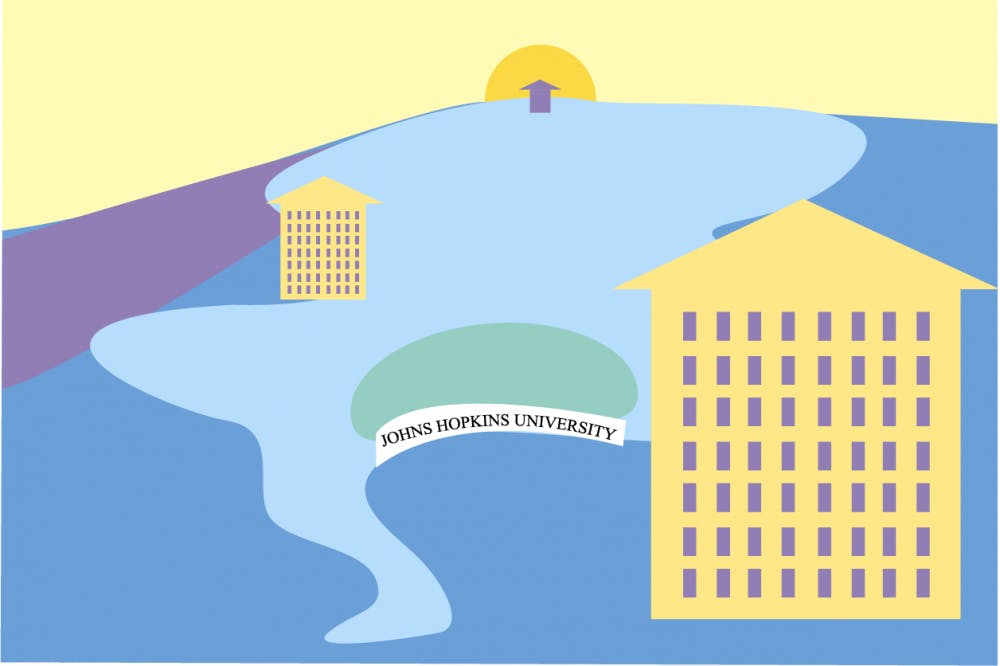I agree: We should continue badgering the administration for the construction of a new student center. But while we’re at it, let’s also address the University’s isolation-inducing housing system.
The current architecture of the housing system forces walls between students as they progress each year in college. Freshmen who have barely adjusted to their rooms are displaced to a different on-campus dormitory the following year, and then for their last two years of college they must live off campus, where Residential Life offers little to no community support.
For me, this constant change has filled each academic year with a sense of uncertainty and has inarguably limited my ability to develop meaningful relationships with my neighbors. We need to build long-term communities where students of all years — even those living off-campus — can feel at home.
Other universities of similar sizes have implemented their own unique strategies. Harvard University, whose undergraduate population of about 6,700 is comparable to our 6,109, has a system that allows students to live in one of twelve “Houses” for their final three years. Even more impressive is the system at Yale University, whose undergraduate population is 5,453, where students live in one of 14 residential colleges for their entire four years. Similarly, Rice University’s 4,001 students embrace a three to four year model, designed to forge genuine, long-term communities rather than temporary housing communities with high turnover rates.
I think back to memories of my freshman year, when random encounters with my floormates would lead to unforgettable trips to UniMini and the Fresh Food Cafe (FFC), and wonder how my college experience would have been different if we had remained neighbors for four years.
There may be logistical reasons Hopkins does not provide housing systems like those of Harvard, Yale and Rice — namely limited campus space. Yet even so, there is more than enough room for improvement to build communities within our living spaces. If allowing students to remain in the same dorms for an extended number of years is a challenge, then the University should at least develop partnership programs with off-campus management offices, connecting students in all living spaces together. Furthermore, Hopkins could strengthen programs like the Second-Year Experience so that they would have a scale similar to that of Orientation Week, or they could at least do a more rigorous job of promoting these events to help students not only with their transition into college but also between each year of college. I know I am not the only student who has experienced growing isolation with each year of my college life, and I believe it is possible to make changes.
In an era where students struggle more than ever with loneliness, which negatively impacts mental health, it is essential to build a strong community where students feel at home. As students and the Student Government Association continue to push for the construction of a student center, we should not forget to address the lack of community within residential life, particularly in the later years of college. If administrators aren’t going to help us create a student center, we should at least be able to have student centers in our homes.
Jeanne Lee is a senior studying English and Public Health. She is the Cartoons Editor.





